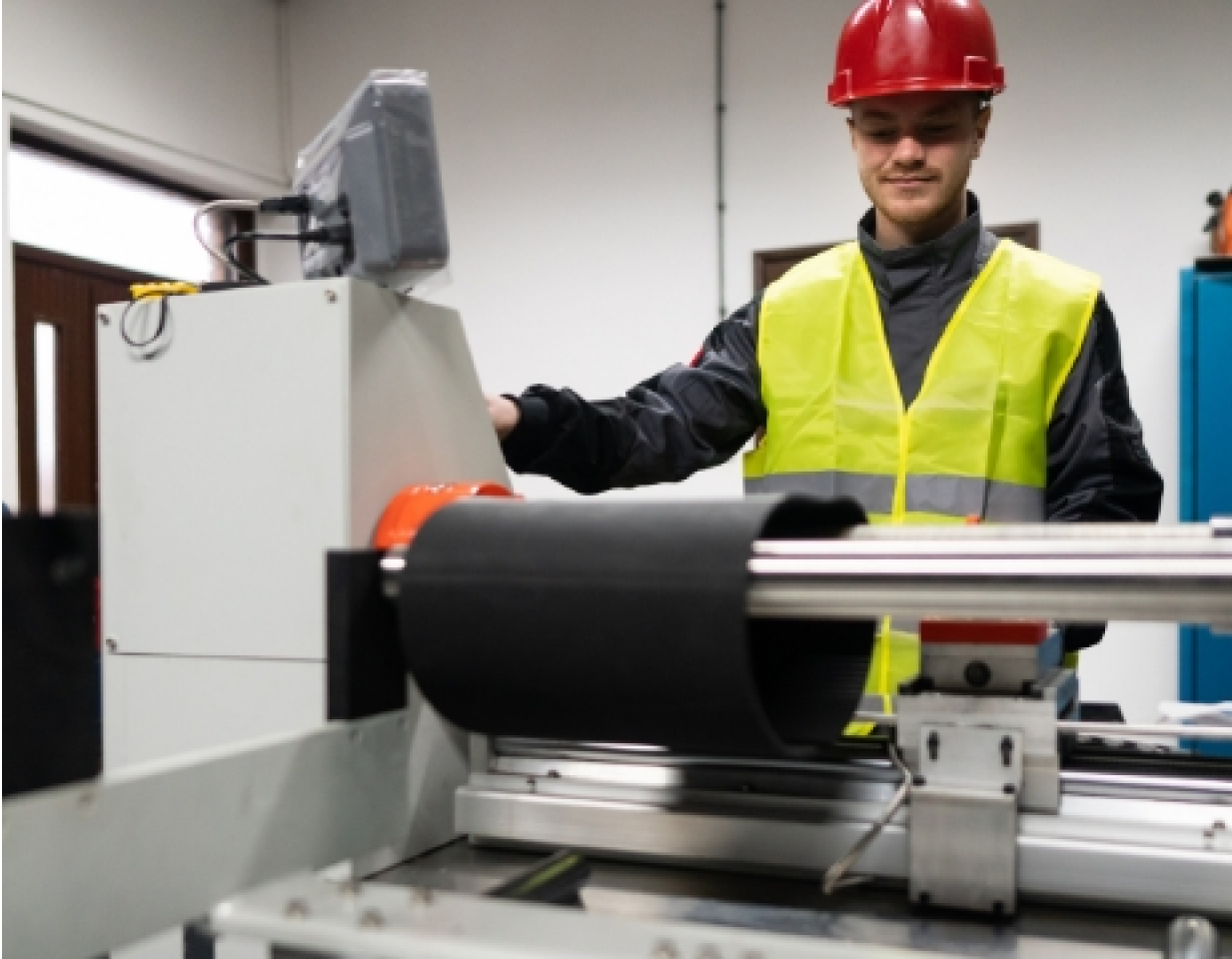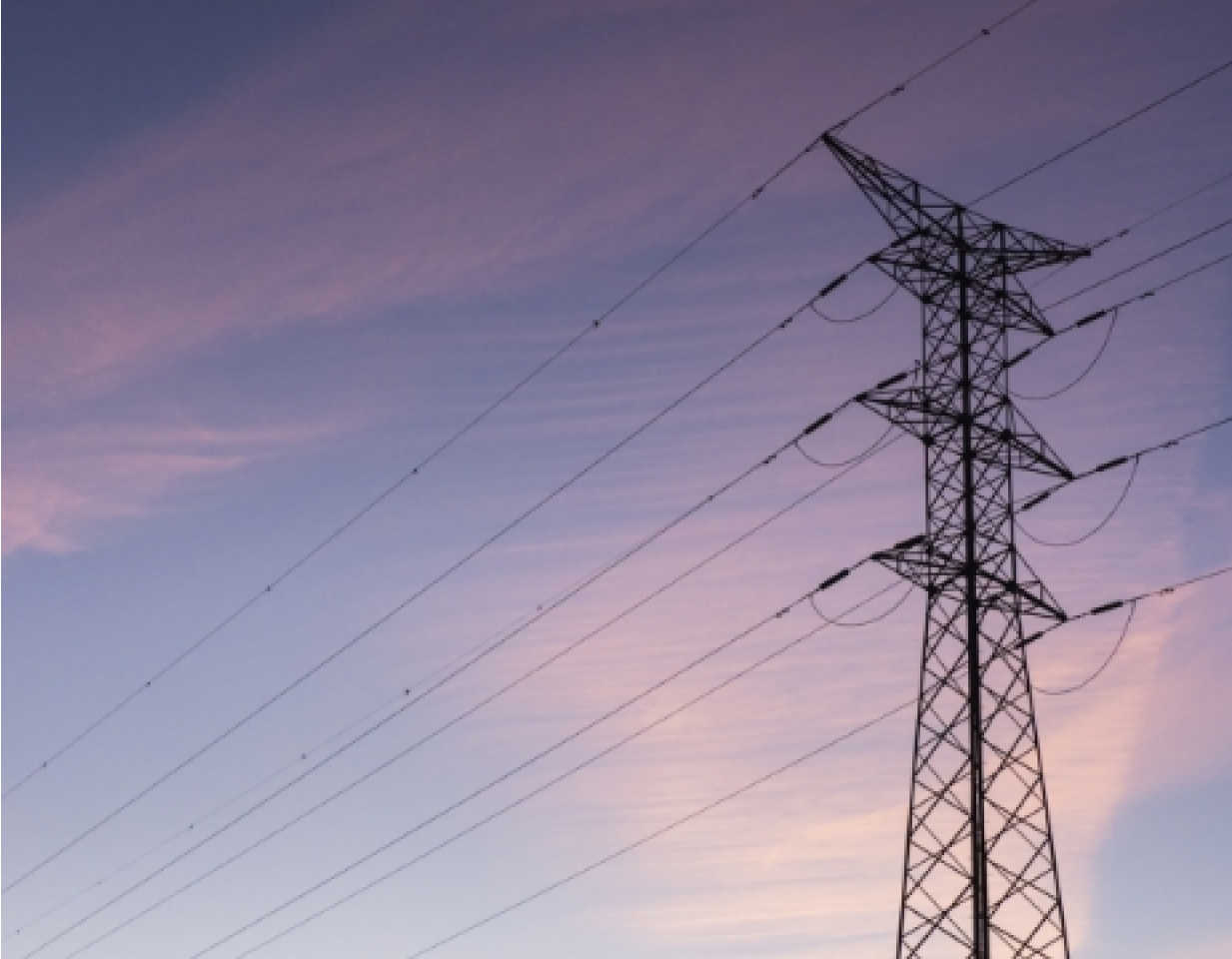Reduction of logistics impact.
A message from
our President
The world has changed a lot since our last report, but nothing has changed about our commitment to reducing our environmental footprint at Golf Pride. The planet needs us to stay the course and do what we can to limit the impact of our global operations.
Golf Pride has always been a brand that values both tradition and innovation. Our roots go back to 1949 when we transformed the grip category from leather straps to slip-on rubber grips. While those rubber grips have since become the standard in golf, we have also become more aware of their impact on environment.
Environmental Footprint
How Golf Pride operates globally.
Today, Golf Pride has factories, suppliers, transportation and distribution centers around the world to ensure we can deliver our products to golfers across the globe. As we continue to grow to better serve our customers and consumers, we are committed to limiting our impact on the environment and how we can best reduce our environmental footprint.
Three primary areas of focus

Waste

Water

Carbon
Our Goals
Carbon footprint reduction plan
Through our parent company, Eaton, we are able to conduct data-driven Life Cycle Analysis to understand our CO2 footprint and establish a baseline. There are 3 CO2 contributing focus areas: Logistics, Raw Materials, and Energy Consumption.

50%
Carbon footprint reduction goal by 2030
How will we do that?

70%

50%
Improvement in sustainability in our materials from our 2018 baseline.

45%
Reduction of energy consumption.

